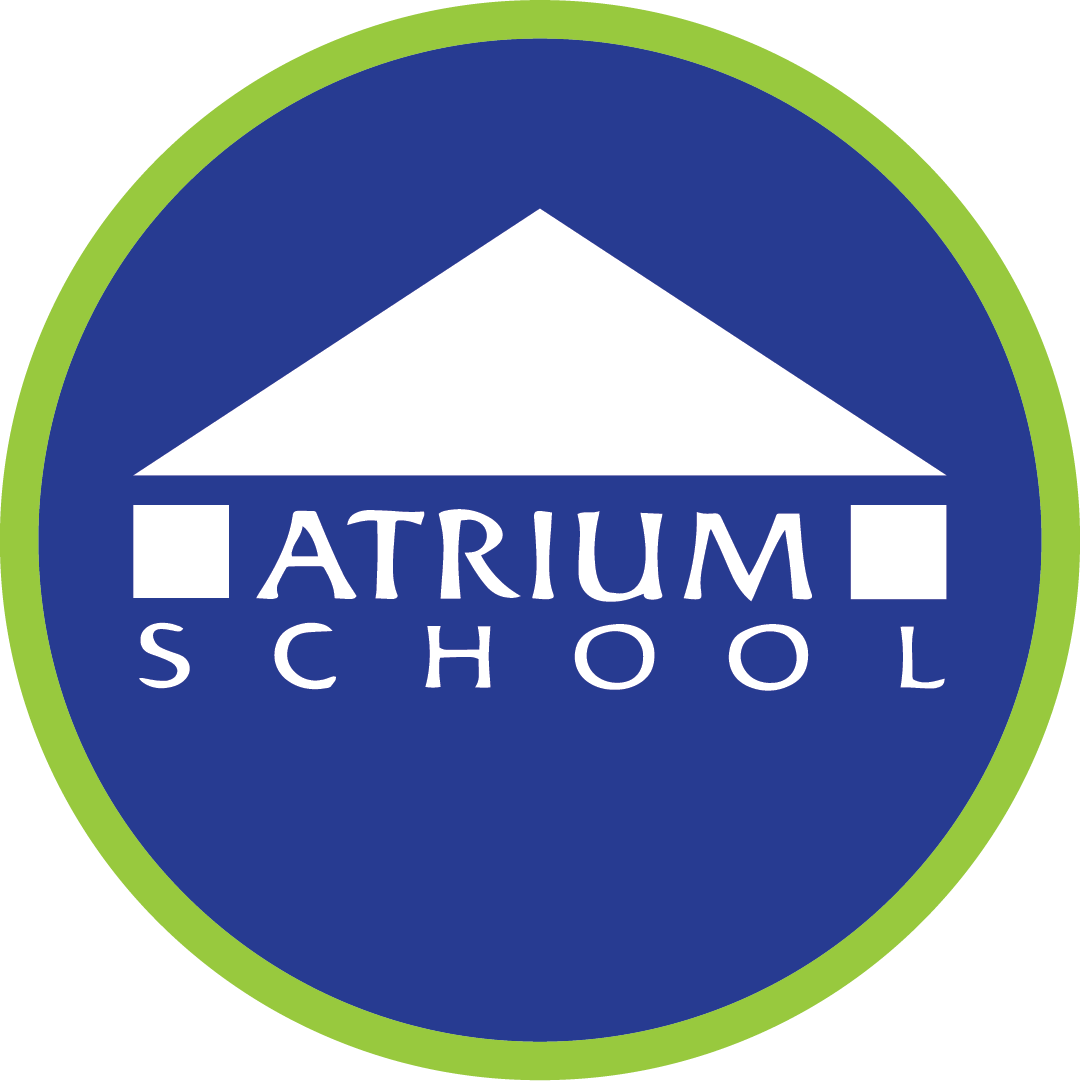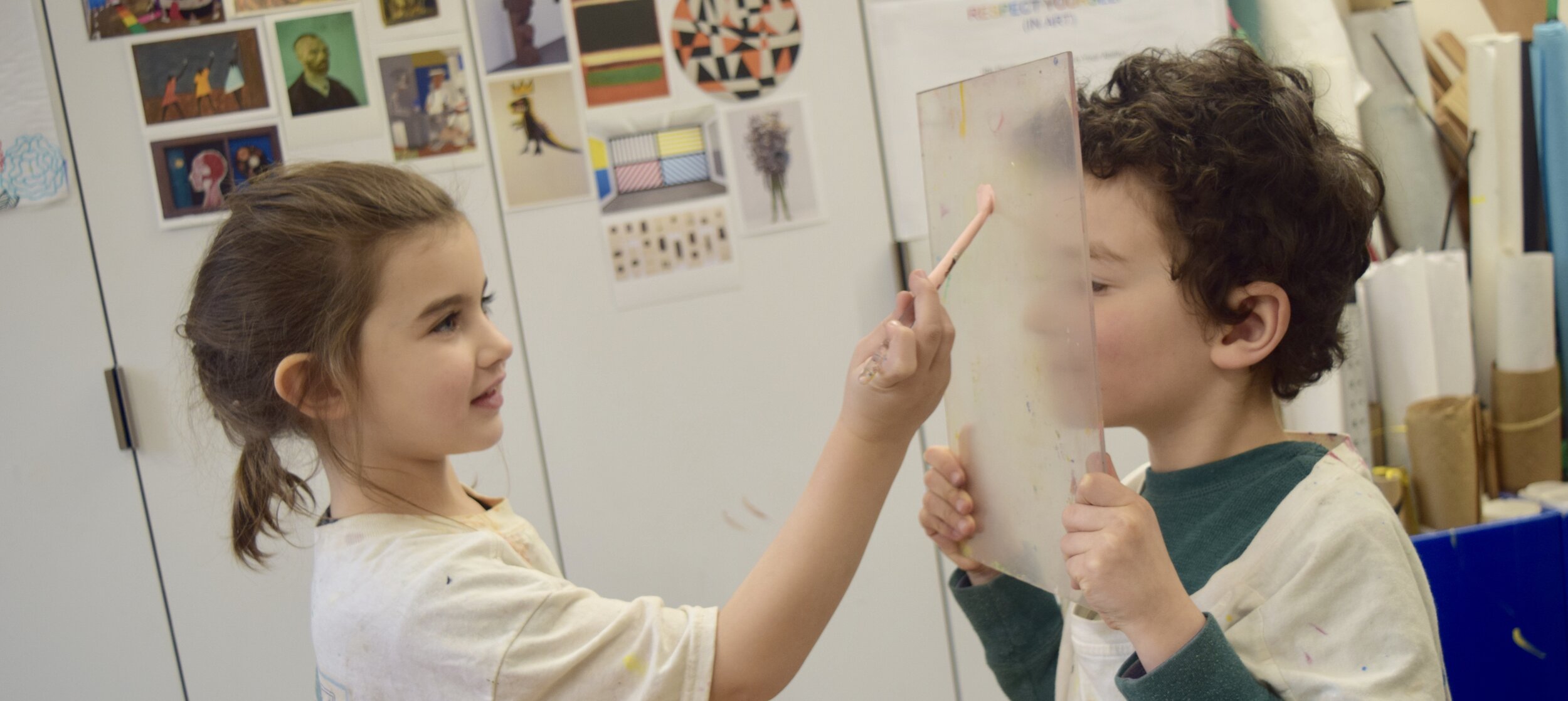Studio Art
The Studio Art Program is designed to nurture in each child a familiarity with tools and materials to creatively explore self-expression in visual art. The program equally values process and product, the joy of exploration, creative risk-taking, navigating mistakes, and artistic play. A goal of the program is to foster a sense of accomplishment and pride for one’s work while maintaining a respect for the workplace and the creative expressions of others.
In general, the art program is a hands-on curriculum that helps students acquire and develop basic skills in art by learning traditional and innovative techniques in a variety of mediums, including:
Acrylic
Tempera
Watercolor
Liquid Watercolor
Chalk & Oil Pastels
Printmaking
Found Objects
Charcoal & Ink
Collage
Clay
Throughout the year, students learn about the elements and principles of design, which help to establish a basic common language within the classroom.
Another goal of the art program is to expose students to the history of art by providing examples of traditional and contemporary artists’ works. When studying an artist, specific pieces are used as inspiration. Often we read passages from books and look at particular works that offer insight into the art-making process, which then provides a jumping-off point for learning new techniques.
Lessons in materials, techniques, or artists are followed by demonstrations and studio time so that students can explore and develop their own ideas.
Collaboration is also a key part of the Studio Art Program curriculum. Collaboration inspires students to work together while learning respectful ways of critiquing each other’s work and developing group ideas. It can also include working with another “special” (such as library or music) or classroom in the school. While curriculum varies from grade to grade, there are often crossover assignments and group projects that connect one class to another.



